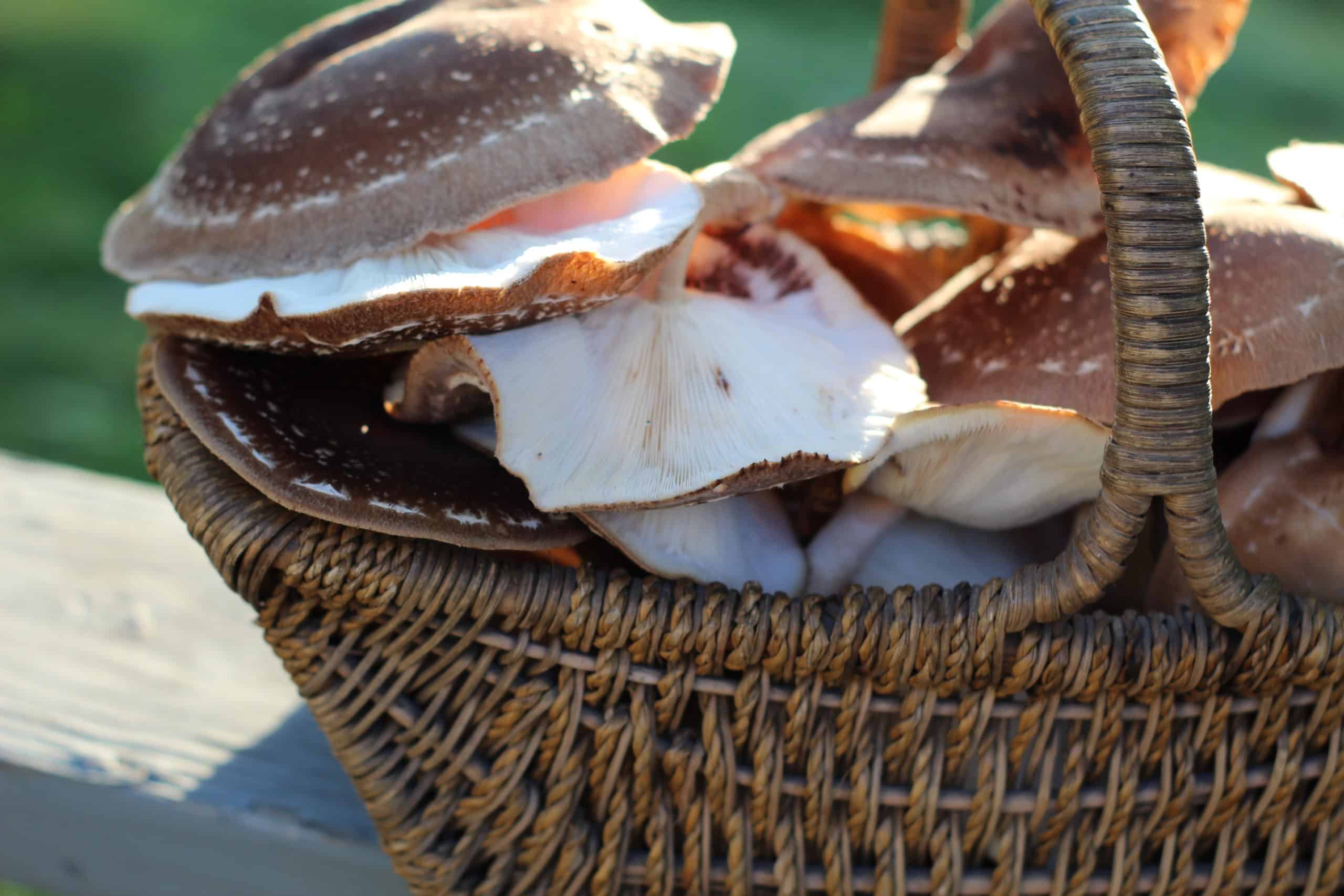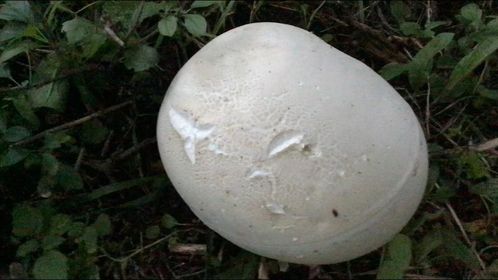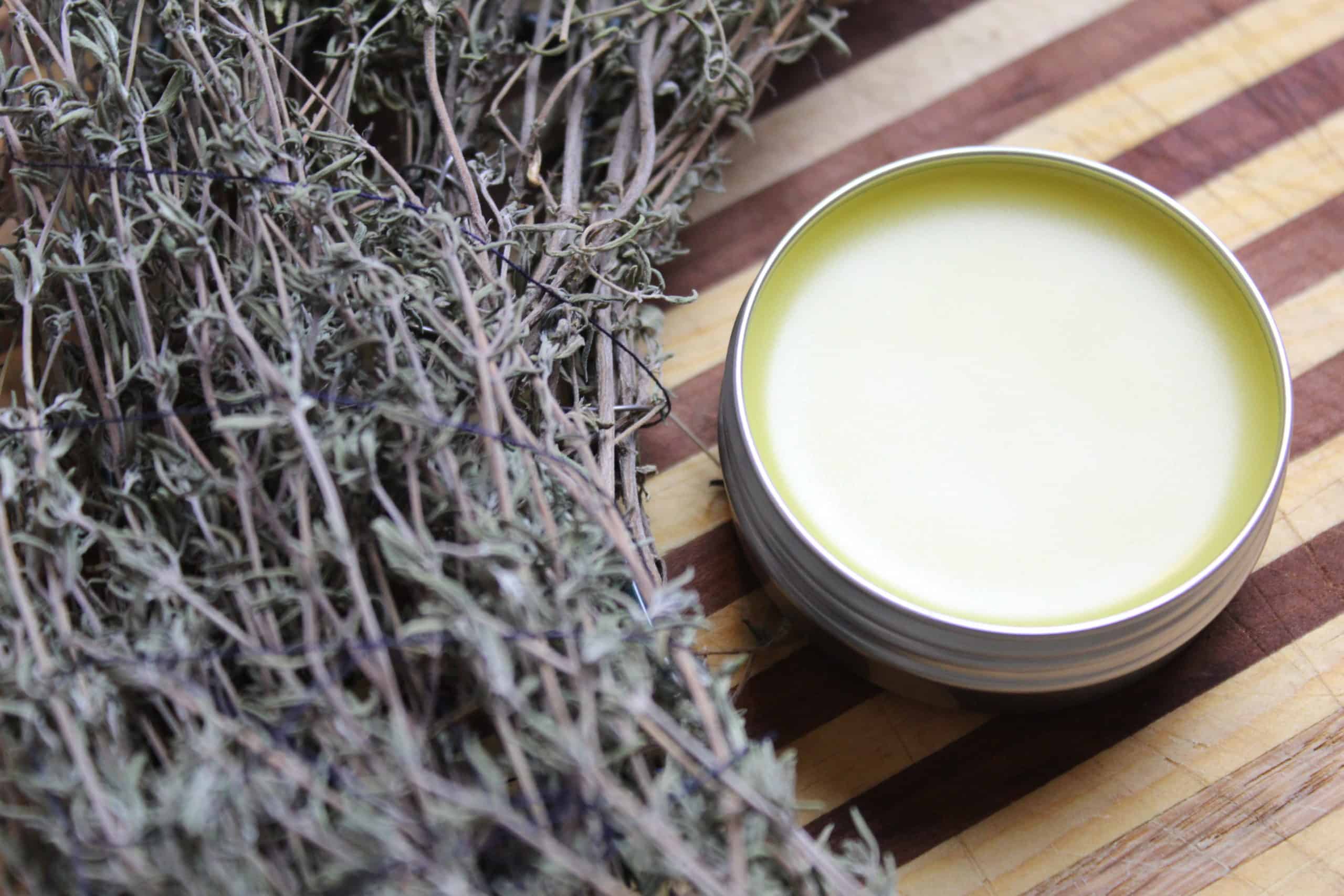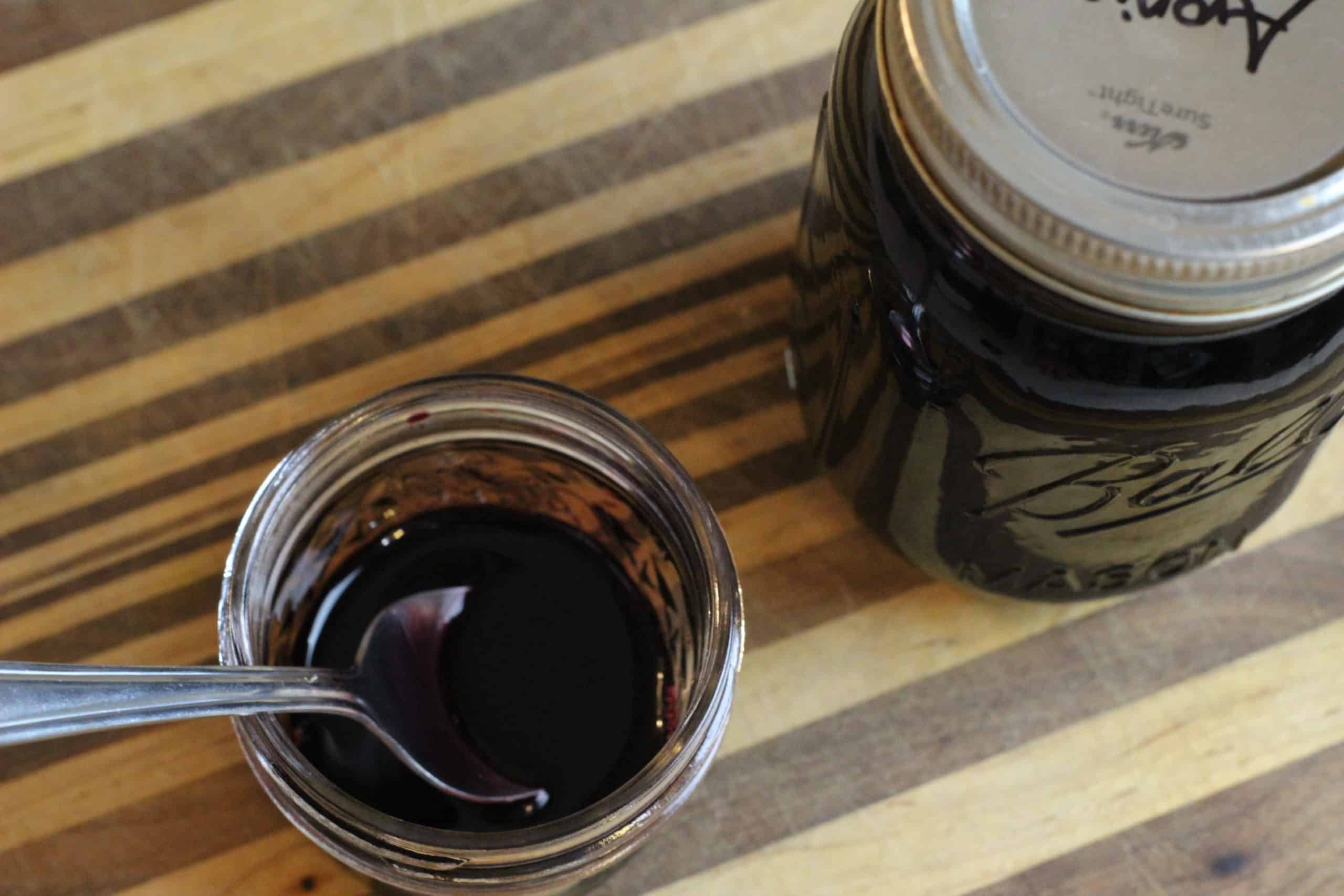Harvesting Highbush Cranberry
One of my favorite things to do in the fall is harvest Highbush Cranberry.
The first time I ever had high bush cranberry was at a friend’s farm. They would make sweetened syrup out of the berries and use it on pancakes.
I didn’t see them around much after that until the first fall on our farm. I noticed a large bush in our front yard putting on red berries. A quick check in with my expert foraging friend and he confirmed it. “Yep! Highbush cranberry!”
What are Highbush Cranberries?
Technically, they aren’t cranberries at all. They actually belong to the honeysuckle family. To look at them, they definitely resemble cranberries and even have a similar taste.
They grow all over the United States and Europe. In the US they grow anywhere from zone 2-7. They can grow wild or you can plant a cultivated variety. Based on the location and rough age of ours, I’d say it was planted by the previous owners.
It is deciduous and grows in sun or partial shade. It will put on white blossoms in the summer and will fruit late summer, with harvest ready sometime in September (at least here in Minnesota).
If you want to grow high bush cranberry you can plant just one and it will self pollinate.

How to Identify Highbush Cranberry
It has opposite leaves (meaning they grow across from each other on the stem). They have three lobes and kind of a wrinkly look to them. They almost look like a little maple leaf!
The flowers in the spring should be white, with a cluster of small flowers in the middle and larger ones on the outside.
The cranberries themselves hang in little clusters and have one seed inside.
Another way to tell if you have high bush cranberry is the smell. I don’t know why but these berries stink! I promise they don’t keep that pungent odor once you cook them.
You can eat them raw, but they have such a funky smell and bitter taste I don’t know why you’d want to.
There is an invasive European variety that does not taste good and is darn near impossible to tell from the good variety. If you are foraging in the wilds, chances are good it will not be a European ornamental. If you are purchasing from a nursery make sure you are getting Viburnum opulus var. americanum.

What are the Uses of Highbush Cranberry?
Some of the most popular uses for them is in a jam or jelly. Other folks like to make a syrup or a cranberry juice out of them. The juice of the berries is very high in vitamin C.
Historically Native Americans as well as early immigrants utilized the berry much the same way we do today.
The bark of the tree is antispasmodic, which means it can help with muscle pain and cramping. Logging camps would make a tea from the bark to help with sore muscles after long days. Women used the bark tea to help with menstrual cramps. It also was used to treat asthma.

Harvesting Highbush Cranberry
Depending on where you live, berries become ripe in August or September. You can harvest before or after the first frost.
If you plan to harvest the bark, only harvest it when the leaves are no longer on the tree.
Rather than shave bark off the side of the tree’s trunk, which can be harmful to the tree long term, snip off a small branch instead. Use a very sharp knife or vegetable peeler to remove the outer layer of bark. Dehydrate for later use or just keep the stick around and shave off what you need, when you need it.

Highbush Cranberry Jelly
Personally I am a jam fan, but my husband likes jelly. So it goes that I decided to make jelly rather than jam.
The great thing about Highbush Cranberry is that is has natural pectin so you won’t need to use the boxed stuff.
This recipe comes from Jane Larter’s Walk on the Wild Side: A Wild Berry Cookbook.
First, place the berries in a pot with just enough water to cover.Boil for ten minutes or until the skins begin to pop, then smash ’em up. Strain the juice into a bowl. You can save the scraps to make vinegar (new blog post coming soon!), feed to pigs and chickens, or toss in the compost.
Next, combine the juice with equal parts sugar. I had about three cups of liquid so I added three cups of sugar.
Cook until the jelly comes to a boil.
Continue to boil on high heat, stirring constantly until the jelly will sheet on a spoon. Meaning it will cover the whole spoon and kind of stick to it. This took me abut twenty minutes.
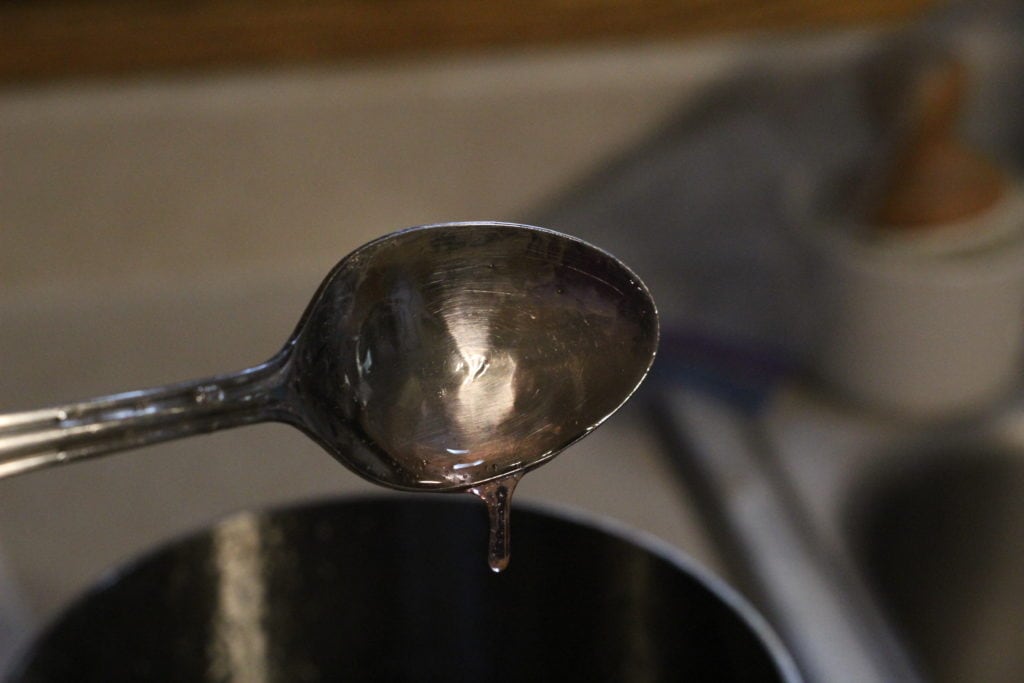
Pour into sterilized pint jars and process for 10 minutes in a hot water bath canner.
Pin it for Later

Sources
Walk on the Wild Side: A Wild Berry Cookbook by Jane Larter

